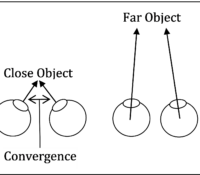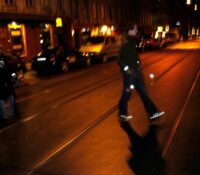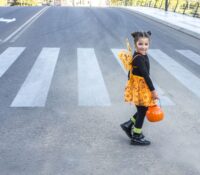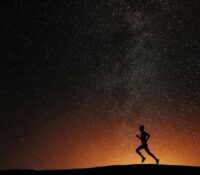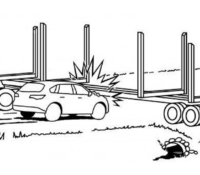Springing Forward into the Dangers of Fatigued Driving
Every spring, the United States shifts the clocks forward one hour creating an extra hour of light in the evenings. However, this shift may be linked to a slight increase in fatal traffic accidents immediately following the time change. It is theorized that the increase in fatal traffic accidents is due to two things: people losing an hour of sleep and the low illumination conditions of morning commuters. Read More




